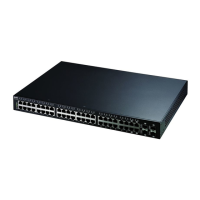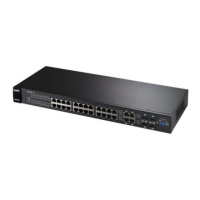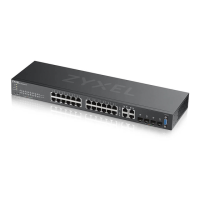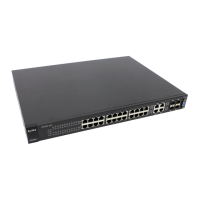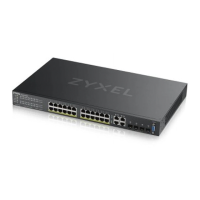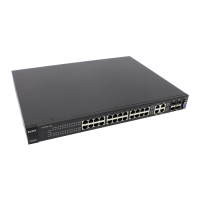
Do you have a question about the ZyXEL Communications GS2210-8HP and is the answer not in the manual?
| Switch type | Managed |
|---|---|
| Switch layer | L2 |
| Quality of Service (QoS) support | Yes |
| Console port | RJ-45 |
| Power connector | DC-in jack |
| Combo SFP ports quantity | 2 |
| Installed SFP modules quantity | - |
| Gigabit Ethernet (copper) ports quantity | 8 |
| Basic switching RJ-45 Ethernet ports type | Gigabit Ethernet (10/100/1000) |
| Basic switching RJ-45 Ethernet ports quantity | 10 |
| 10G support | No |
| Networking standards | IEEE 802.1w, IEEE 802.3x, IEEE 802.1x, IEEE 802.3z, IEEE 802.3, IEEE 802.3ab, IEEE 802.3at, IEEE 802.3ad, IEEE 802.1D, IEEE 802.3az, IEEE 802.1p, IEEE 802.3af, IEEE 802.1Q, IEEE 802.1s, IEEE 802.3u |
| DHCP features | DHCP client |
| Security algorithms | 802.1x RADIUS, SSH, SSL/TLS |
| Throughput | 15 Mpps |
| MAC address table | 16000 entries |
| Packet buffer memory | 1.5 MB |
| Supported network protocols | IGMP, DHCP |
| Safety | LVD, BSMI |
| Product color | Black |
| Mean time between failures (MTBF) | 1382029.73 h |
| AC input voltage | 100 - 240 V |
| AC input frequency | 50 - 60 Hz |
| Power consumption (max) | 9.45 W |
| Power consumption (typical) | 221 W |
| Heat dissipation | 32.22 BTU/h |
| Storage temperature (T-T) | -25 - 70 °C |
| Operating temperature (T-T) | 0 - 50 °C |
| Storage relative humidity (H-H) | 10 - 90 % |
| Operating relative humidity (H-H) | 10 - 95 % |
| Depth | 230 mm |
|---|---|
| Width | 330 mm |
| Height | 44 mm |
| Weight | 2700 g |
Provides instructions for installing and connecting the switch, including desktop and rack mounting procedures.
Details the web-based management interface for switch setup and management, including system login and status screens.
Guides through initial switch setup, including VLAN creation, port VID setting, and management IP address configuration.
Covers basic switch configuration, including system information, general setup, switch setup, IP, PoE, interface, and IPv6 settings.
Details configuring 802.1Q tagged and port-based VLANs, including status, configuration, static, subnet, and protocol-based VLANs.
Explains how to configure forwarding rules based on static MAC addresses for devices on the network.
Guides on configuring forwarding rules for specific multicast MAC addresses and ports.
Details Spanning Tree Protocol (STP), Rapid STP (RSTP), and Multiple STP (MSTP) configurations and status.
Explains how to logically aggregate physical links to form one logical, higher-bandwidth link using static and dynamic aggregation.
Describes IEEE 802.1x and MAC authentication methods for validating port access based on external servers.
Details how to set up port security, allowing packets with learned or static MAC addresses through a port.
Explains configuring packet classifiers, Quality of Service (QoS), and matching rules for traffic flows.
Details how to configure policy rules to ensure traffic flows receive requested network treatment.
Covers configuring various multicast features, including IGMP snooping and MLD snooping-proxy.
Describes how to configure authentication, authorization, and accounting settings using RADIUS and TACACS+ servers.
Explains using IPv4 and IPv6 source guard to filter unauthorized DHCP and ARP packets in the network.
Offers suggestions to solve potential problems encountered with the switch, categorized by issue type.
